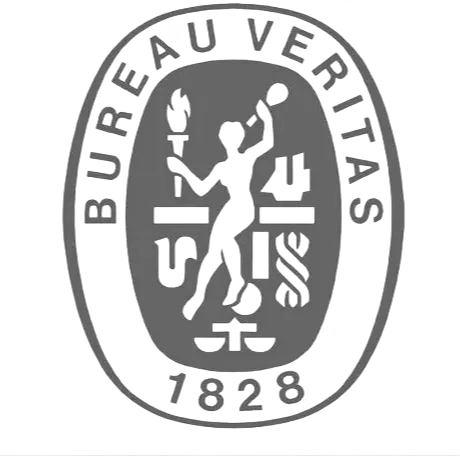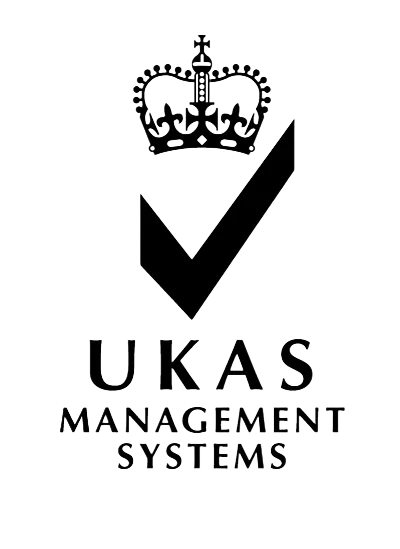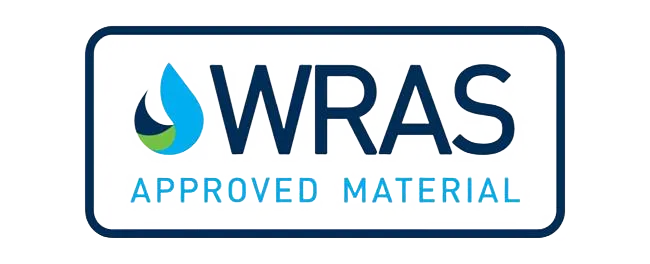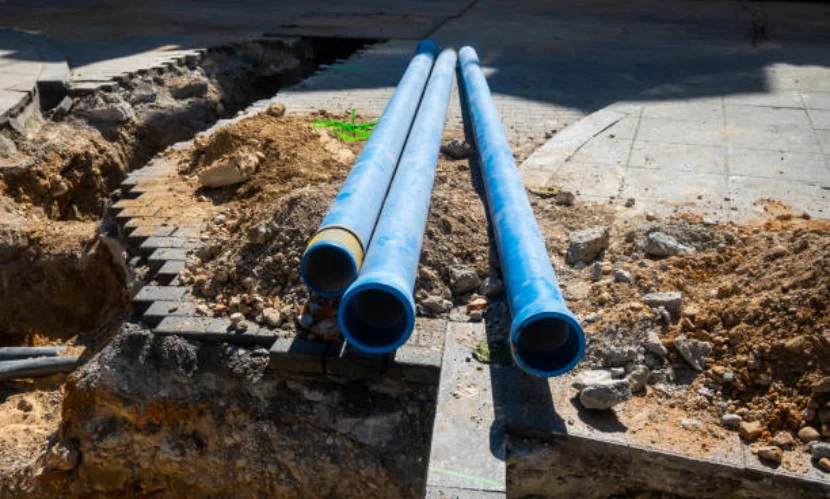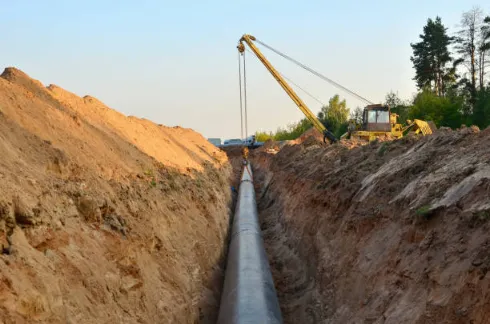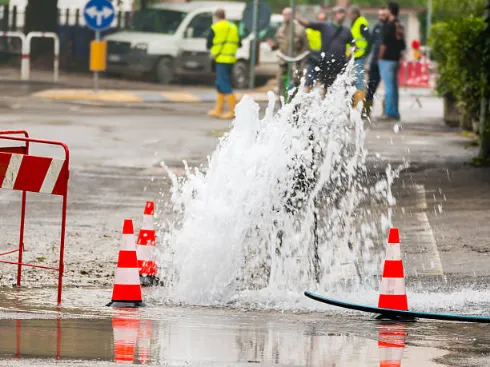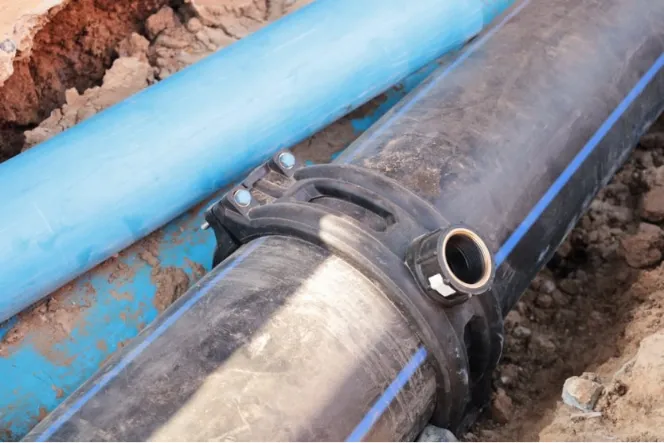Overview of Ductile Iron Pipes in Industrial Applications
Key Characteristics of Ductile Iron Pipes
Ductile iron pipes (DIP) are a cool upgrade from old cast iron pipes. They have tiny ball-shaped graphite bits inside, which let them bend a little when pushed hard. Old cast iron has flaky graphite that snaps easily, but Egiluvchan temir is way tougher. It’s got awesome strength, can take hits, and stretches up to 18% depending on the type. The tensile strength is between 60,000 and 120,000 PSI, with a yield strength of 40,000–45,000 PSI. These things make ductile iron pipe sizes perfect for pipes under pressure or buried underground where they need to stay strong.
Common Uses Across Engineering Sectors
Ductile iron pipes get used a ton in water systems, wastewater setups, gas lines, factory pipes, and fire protection gear. In cities, they’re great for carrying drinking water because they last super long and handle heavy loads. Factories use them to move chemicals or thick liquids since they’re strong and don’t rust easily when coated or lined right.
Benefits Over Traditional Pipe Materials
Compared to old gray cast iron or steel pipes, ductile iron pipe sizes have some big wins. Using gray cast iron instead of ductile iron can mess up a project’s lifespan, cost, performance, and repair needs. Ductile iron bends better than stiff stuff like PVC or concrete, so it deals with ground shifts like a champ. Plus, it works with neat joints like Conflex bo'g'inlarni demontaj qilish. These make setting up and fixing pipes easy without leaks.
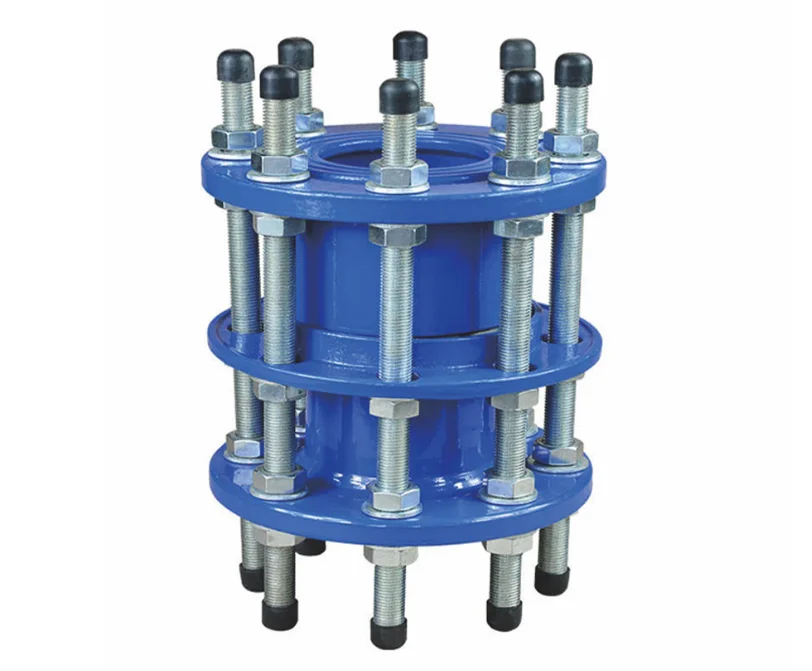
Classification of Ductile Iron Pipe Sizes
Standard Nominal Sizes and Their Applications
Ductile iron pipe sizes go from DN80 (3 inches) all the way to DN2600 (104 inches). Small ones, like DN80, are used in buildings or small water lines. Medium sizes, like DN300 to DN600, are for main water distribution. Big pipes, over DN1000, handle huge water mains or high-flow factory systems.
Factors Influencing the Selection of Pipe Size
Picking the right ductile iron pipe size depends on a few things:
How much liquid needs to flow through.
The pressure the pipe has to take.
How far the liquid goes.
What kind of liquid it is, like water or gas.
Plans to make the system bigger later.
Engineers also keep water speed low to avoid friction or pipe damage.
Size Compatibility with Industrial Fittings
Pipes need to match up with valves, couplings, flanges, and joints to keep everything tight. Companies like Qopqoq bo'g'inlari make custom fittings that fit ductile iron pipe dimensions just right. Their dismantling joints let you hook up or take apart pipes easily during fixes without touching nearby stuff.
Detailed Breakdown of Ductile Iron Pipe Dimensions
Wall Thickness and Pressure Class Ratings
Ductile iron pipe dimensions have different wall thicknesses based on pressure classes, like K9 to K14 or PN10 to PN40. Thicker walls handle more pressure. For example:
K9: Works for most city water systems.
K12: Good for high-pressure spots.
K14: Best for tough factory jobs.
These classes keep pipes safe during sudden pressure jumps or earthquakes.
Outside Diameter and Inside Diameter Specifications
The outside diameter (OD) stays the same for each size to fit standard fittings. The inside diameter (ID) changes with wall thickness. Knowing both is really important for water flow math and joining pipes right. For example:
A DN300 pipe has an OD of about 326 mm.
Wall thickness can be 6 mm to 13 mm, depending on pressure class.
The ID gets smaller as walls get thicker, starting around 314 mm.
Tolerances and Dimensional Standards
Manufacturing rules set limits on how much ductile iron pipe dimensions can vary, like OD, wall thickness, roundness, or straightness. This makes sure pipes work the same everywhere. Usual limits are ±1% for OD or ±0.5 mm for wall thickness, depending on the pipe size.
International Standards Governing Ductile Iron Pipe Dimensions
ISO, ANSI/AWWA, EN, and Other Regulatory Frameworks
A bunch of global rules set ductile iron pipe dimensions:
ISO 2531: Covers sizes and needs all over the world.
EN 545 & EN 598: European rules for water and wastewater pipes.
AWWA C151: North American rules for inch-based sizes.
AS/NZS 2280: Australian and New Zealand rules for drinking water pipes.
These standards make sure pipes are top-notch and work the same across countries.
Regional Variations in Dimension Standards
Some places use metric sizes (DN), while others, like the U.S., use inches. For example, DN100 is about 4 inches, but the OD and ID aren’t exactly the same because of rounding. You gotta be careful when buying pipes or parts from different places to avoid mix-ups.
Compliance Requirements for Global Projects
Big projects need to follow local and global rules. Picking pipes that meet these standards helps pass inspections. This is super important when using parts from different makers or countries in one system.
How to Choose the Right Ductile Iron Pipe Sizes for Your Project
Evaluating Flow Requirements and Pressure Ratings
Start by figuring out the max water flow with math like the Hazen-Williams or Darcy-Weisbach equations. Add in normal pressure plus extra for surges to pick the right pressure class. For example, if you need 500 L/s of flow with a head loss under 5 m/km over 2 km, you might need a DN400–DN500 pipe rated at PN16 or higher, depending on the ground’s ups and downs.
Considering Soil Conditions and Installation Environment
Soil can eat away at pipes if it’s acidic. Ductile iron pipes often have cement mortar lining inside and polyethylene sleeves outside to stop rust. In really harsh soils or near railways with stray electricity, extra stuff like cathodic protection might be needed. Deeper trenches also need stronger pipes or better bedding support.
Matching Pipes with Valves, Joints, and Fittings
Make sure ductile iron pipe sizes match with valves, joints, and fittings like butterfly valves or Conflex DJ-MJ Series dismantling joints. These let you put in or take out pipes easily without messing with nearby parts. That’s a big help for quick fixes or upgrades. Dismantling joints make setup and repairs no biggie since you don’t have to cut or weld the pipe.
Installation Considerations Based on Pipe Dimensions
Trenching, Bedding, and Backfilling Requirements
Bigger ductile iron pipe sizes need wider trenches with good bedding, like sand or crushed stone. This stops stress from piling up in one spot, which could break the pipe. You also need enough dirt on top, especially in cities where cars and trucks add extra weight.
Jointing Techniques for Varying Pipe Sizes
Small pipes can use push-on gaskets you connect by hand. Bigger ones need tools like flange coupling adapters or restrained joints, like Conflex RJ-FL Series, for high-pressure jobs where pipes might pull apart. You also gotta think about how much the pipe can bend at joints to fit around underground stuff.
Handling Large-Diameter Pipes Safely
Pipes over DN600 are heavy—over 200 kg—so you need lifting gear that follows OSHA or ISO safety rules. Use lifting lugs from the manufacturer. Don’t sling ropes around the pipe itself, especially near the ends with sealing gaskets, to keep them safe.
Frequently Asked Questions About Ductile Iron Pipe Dimensions
What are standard ductile iron pipe dimensions?
Standard ductile iron pipe dimensions have set outside diameters based on nominal sizes, like DN100 with an OD of about 114 mm. Wall thickness changes by pressure class (K9–K14), which affects the inside diameter.
How do I choose the correct ductile iron pipe size?
Pick a size based on how much liquid flows, the pressure, soil conditions, trench size, and the valves or fittings in your project.
Are ductile iron pipes suitable for corrosive environments?
Yup, with coatings like cement mortar inside and polyethylene outside, or even cathodic protection, ductile iron works great in tough soils for a long time.
Do all countries use the same DIP sizing standard?
Nah, some use metric DN sizes, while North America uses inch-based AWWA C151 standards. Check size charts when buying parts from different countries to avoid mess-ups.
Can I connect ductile iron pipes directly to other materials?
Sure, with special fittings like flange adapters or flexible couplings, like Conflex DJ-TF Series, made for mixing different pipe materials.
Need help? Reach out today! Conflex Joints has been making awesome pipeline connection and repair products for over 15 years. Stuff like DJ-MJ dismantling joints makes installation quick for waterworks companies in Europe, Asia, and Latin America!

